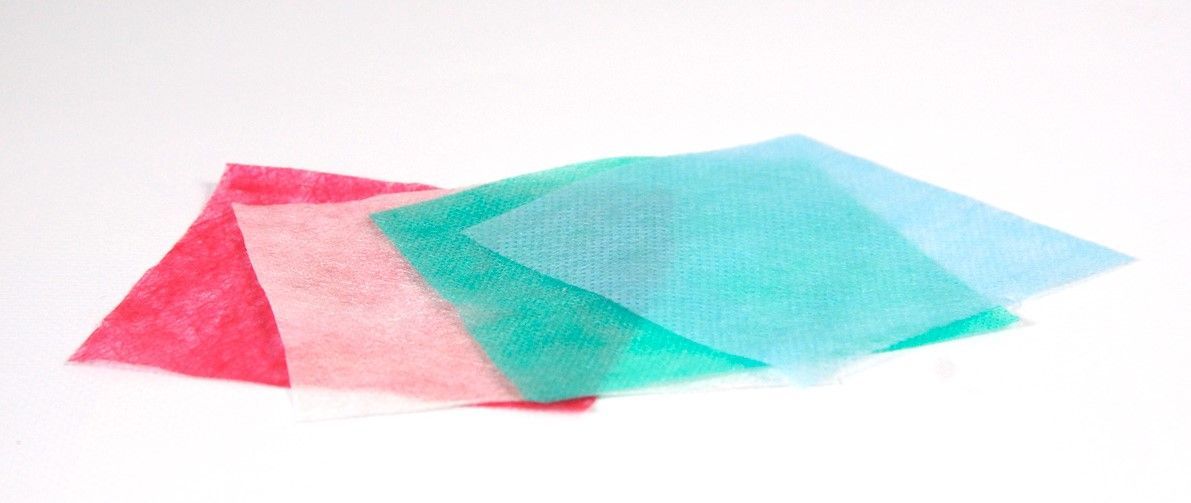Financial analysts frequently speak to investors on the importance of being ahead of the curve; to act before the market reacts.
It is for this reason, that wise investors are always on the lookout for new technologies, as they create early access to markets, which have better opportunities to make a profit.
One of the newest and most talked about technologies today is nanotechnology, which involves the production and application of materials at a scale similar in size to the width of a strand of DNA.

At this scale, materials function differently than at a larger scale. A substance can therefore be made stronger, more flexible, magnetic (or not), electrically conductive (or not), thermally conductive (or not), or more rigid.
But if this is already known, why is there still interest in investing in nanotechnology?
Although nanotechnology is already thirty years old, with a well-defined market and an industry that employs hundreds of thousands of people in thousands of companies all around the world, in many ways investors are still able to act ahead of the curve by moving their money to the hundreds of niche markets that nanotechnology is opening up.
As the industry journal NanoMagazine explains, “… whether it’s the actual production of the nanomaterials themselves or their implementation into various applications and markets— [nanotechnology] is one of the largest growing industries in the world. It is an industry that has been rapidly developing, advancing and growing over the last ten years and is expected to grow to $125 billion by 2024—roughly double what it is now.”

What is especially interesting for investors is that nanomaterial demand is increasing in already popular markets. As the science of nanotechnology improves, new products and new applications are being found every year.
As an example of this, the NanoMagazine report notes that, “At the moment, nanoparticles (in various forms) occupy 85% of the market share, but there are many nanomaterials which are at a tipping-point stage—and could be propelled to new heights in the coming years—so this dynamic could shift.”
This means that in a few years’ time, nanoparticles may no longer dominate the market. Instead breakthroughs in the use of carbon nanotubes, nanorods, nanocones, bucky balls, or one-dimensional sheets (such as graphene) may increase demand for these different products in entirely new sectors. Even then, demand for nanoparticles may still have increased, as the industries where they are used will also likely have grown.

A closer look at the data, shows a range of opportunities, with the report noting that, “As it stands, the biomedical, energy, and electronics markets account for around 70% of the global nanotechnology market, with the largest application area being electronics.” Alternatively, “… the global defence market for nanotechnologies was valued in 2017 to be around $3 billion, and automotive market currently captures 5% of the market (although this is likely to experience a big increase in the coming years).”
There are already thousands of companies supplying nanomaterials in every corner of the globe for the manufacture of millions of different products.
Here are some examples of companies that are already making a success from supplying nanomaterials. The variety of industries that they work in gives some idea of the role that nanoindustry now plays in modern manufacturing.
American Superconductor Corp is a leading electronics company which has developed and patented a nanotechnology-based manufacturing technique that boosts the electric current-carrying capability of the company's second generation (2G) high temperature superconductor (HTS) wire by 30%.
4Wave produces nanoscale films and optical components.

BioSolar, Inc. has patented nanotechnology which can produce bio-based polymers from renewable plant sources.
Nokia uses a graphene sensor in many of their phones and has patents for using graphene to make bendable electronic devices.
A & A Company manufactures nano thermal spray coatings using custom designed metal, ceramic, cermet, and other hard-faced materials.
Veeco Instruments supplies process equipment systems for industry leaders in the semiconductor, data storage, telecom/wireless and scientific/research markets.
EcoSynthetix has developed nanobiomaterials with the potential to replace petroleum-based industrial products.
Altogen Biosystems develops polymer-, lipid-, and dendrimer-based transfection technology in the fields of molecular biology, combinatorial chemistry, and cell biology.
AMAG Pharmaceuticals has developed superparamagnetic iron oxide nanoparticles for use in pharmaceutical products.
Celator Pharmaceuticals produces cancer treatments using liposome, polymer, and nanotechnologies.
Dendritech is a specialty polymer company which uses nanomaterials.
AG CHEMI GROUP holds patents for nanotechnology processes used in the production of elastomers, polymers, concrete, and rubber. These processes often focus on recycling material, adding properties to improve the substance, and then returning the material as an industrial feedstock.

Furthermore, AG CHEMI GROUP (who sponsor this website) have developed a fabric which, thanks to embedded nanoparticles can kill 99% of all known bacteria and viruses on contact.
This list of companies is simply the tip of the iceberg with regards to the options available for investors and shows only a fraction of the nanotechnology market.
As the NanoMagazine report concludes, “Regardless of the material of interest, the market sector, or specific application, the field of nanotechnology has it all and there is something for every investor.”
If you interested in learning more about investing in nanotechnology or about the bonds available for sale in the production of the nanofabric NANO AB PP-25 then visit AG CHEMI GROUP.
Photo credit: PublicDomainPictures from Pixabay, skeeze from Pixabay, Steve Buissinne from Pixabay, fancycrave1 from Pixabay, & Harry Strauss from Pixabay